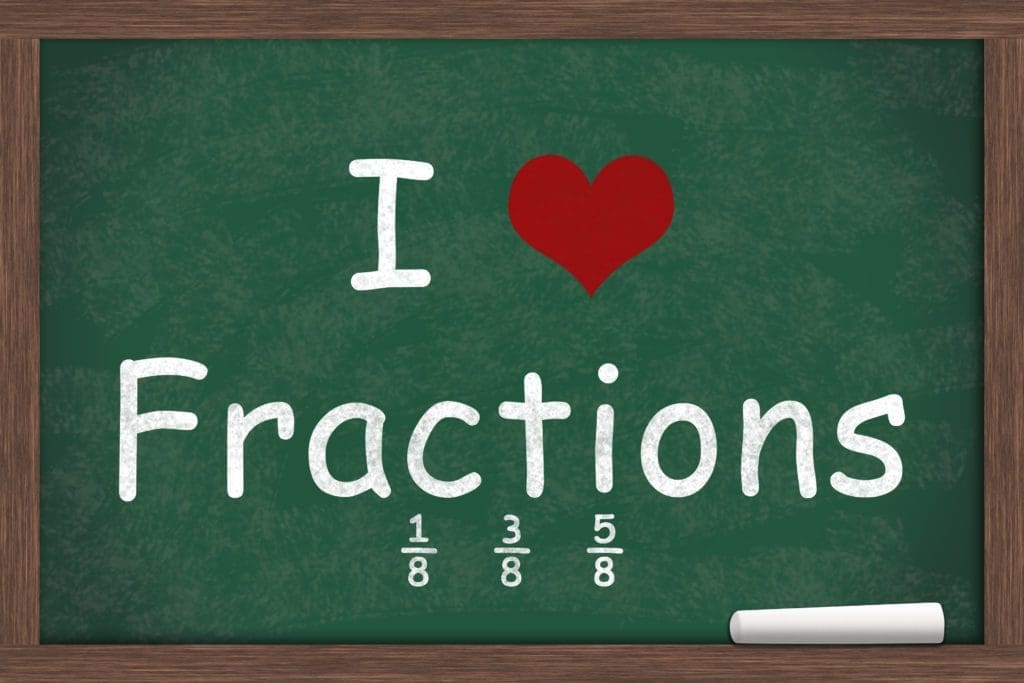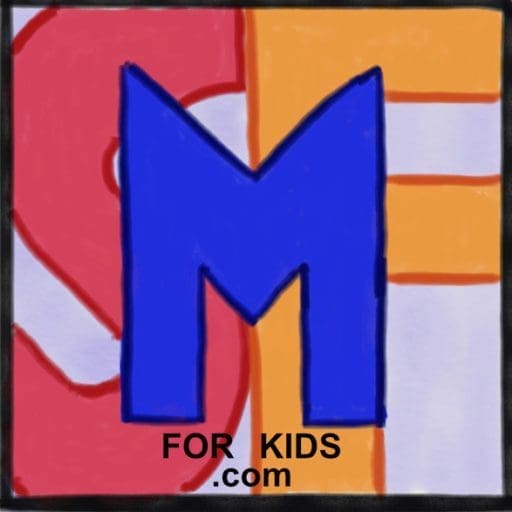
The Scientific American published an article called Fractions: Where It All Goes Wrong which gave a statistic saying that on standard fraction addition, subtraction, multiplication, and division problems 6th and 8th graders tend to answer correctly only about 50% of items. This once again is foundational learning that greatly affects students’ ability to do higher level math. In fact, fifth graders’ fraction knowledge predicts high school students’ algebra learning and overall math achievement. The entire article is a fascinating read about why fractions are so difficult for students and how it affects them later, but to me the question is how can we improve their understanding and ability to compute? How can we improve our teaching of fractions?
The first thing is that students must understand that fractions are numbers and have a place on the number line. See my post Fractions On the Number Line. for much more detail about this.
Secondly, as with most math concepts, students as a general rule, even ones who seem to be “getting it,” will benefit from much more time with hands on manipulatives and discovering how the numbers work. This is a concept that is best developed in small group where the teacher can guide the students in their play and discovery with the manipulatives.
Some of the best manipulatives you can have for teaching fractions are cuisenaire rods, fraction tiles, pattern blocks, geoboards, and fraction circles. (Follow the links for posts I have written about using each one.) The commercial game Fraction Formula is another one students love (they call it the scientist game) and that I have found to build solid understanding.
Educational Insights Fraction Formula Game
There are many other common items you can use for teaching real world applications of fractions, including playdough, legos, food (Hershey bars and clementine oranges both work very well in addition to the popular examples of pizza and cake,) and money (4 quarters equal $1 because each is 1/4 of $1)
For more specific activity ideas, You’ve Got This Math did a great series on building fraction sense through the use of manipulatives, number lines, visual models and benchmarks. See this article Three Steps For Teaching Numerators and Denominators
The pdf book Mega Fun Fractions has activities for teaching fractions from 3rd-5th grade including art activities, games, poems, logic puzzles and more!
To explore the idea of equivalent fractions, see my post Teaching Equivalent Fractions
Additional content is only available to members. This includes strategies, online games, intervention resources, enrichment resources, and book list. Please sign in if you are a member or consider joining if you are not yet a member.
Ready to explore Equivalent Fractions?
